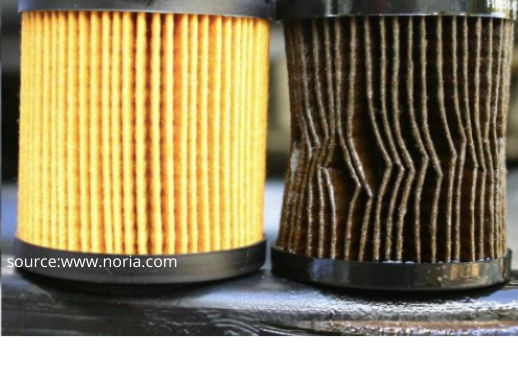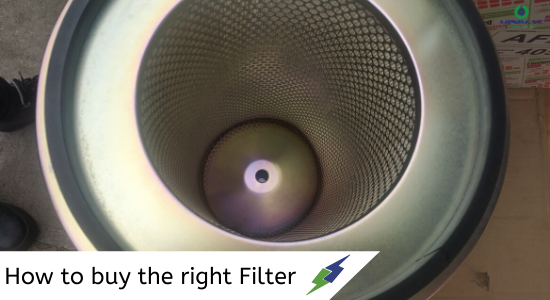MYTHS OR FACTS, What do you believe in?

Some lubrication myths can impact your equipment performance, today with this article let’s understand and bust them : A. Lubricating industrial equipment is easy. This a complete myth whereas the actual fact is lubricating is highly detailed and complex. Some of the important decisions that one needs to take are: 1. Selection of proper oil & Grease for a machine. 2. Right place, right frequency and right volume of lubricant to be applied. 3. Proper flushing of lubricant tanks to ensure contamination-free lubricating lines. 4. Also applying grease is also an art; too much or too little of it can damage or blow seals. B. Minimal consequences and benefits are associated with routinely lubricating industrial equipment. This is also another myth whereas it has been seen that most events of downtime occur due to inadequate lubrication or due to the use of the wrong lubricant. Though lubricants cost about 1-3% of our total maintenance budget improper or wrong lubricatio





